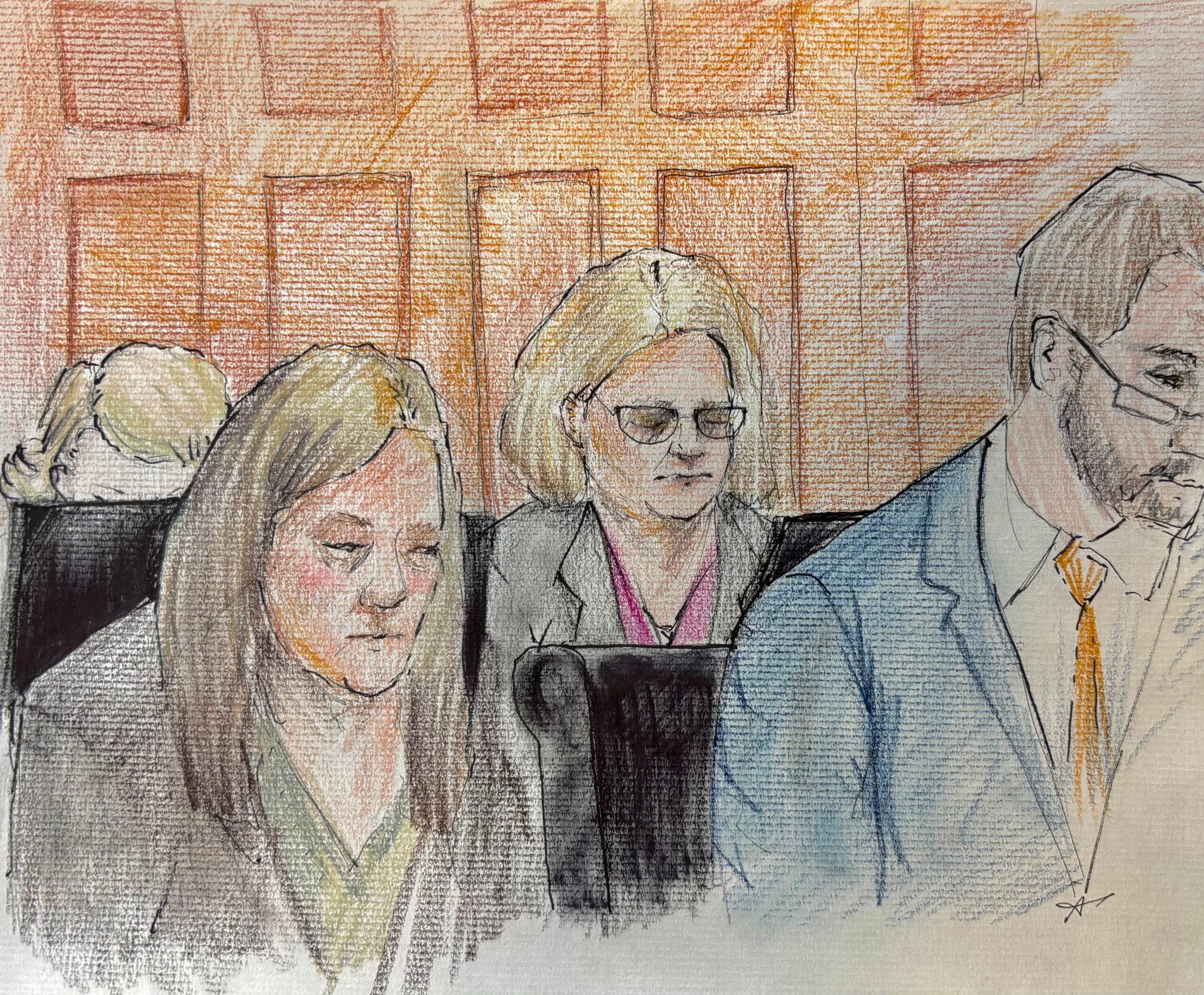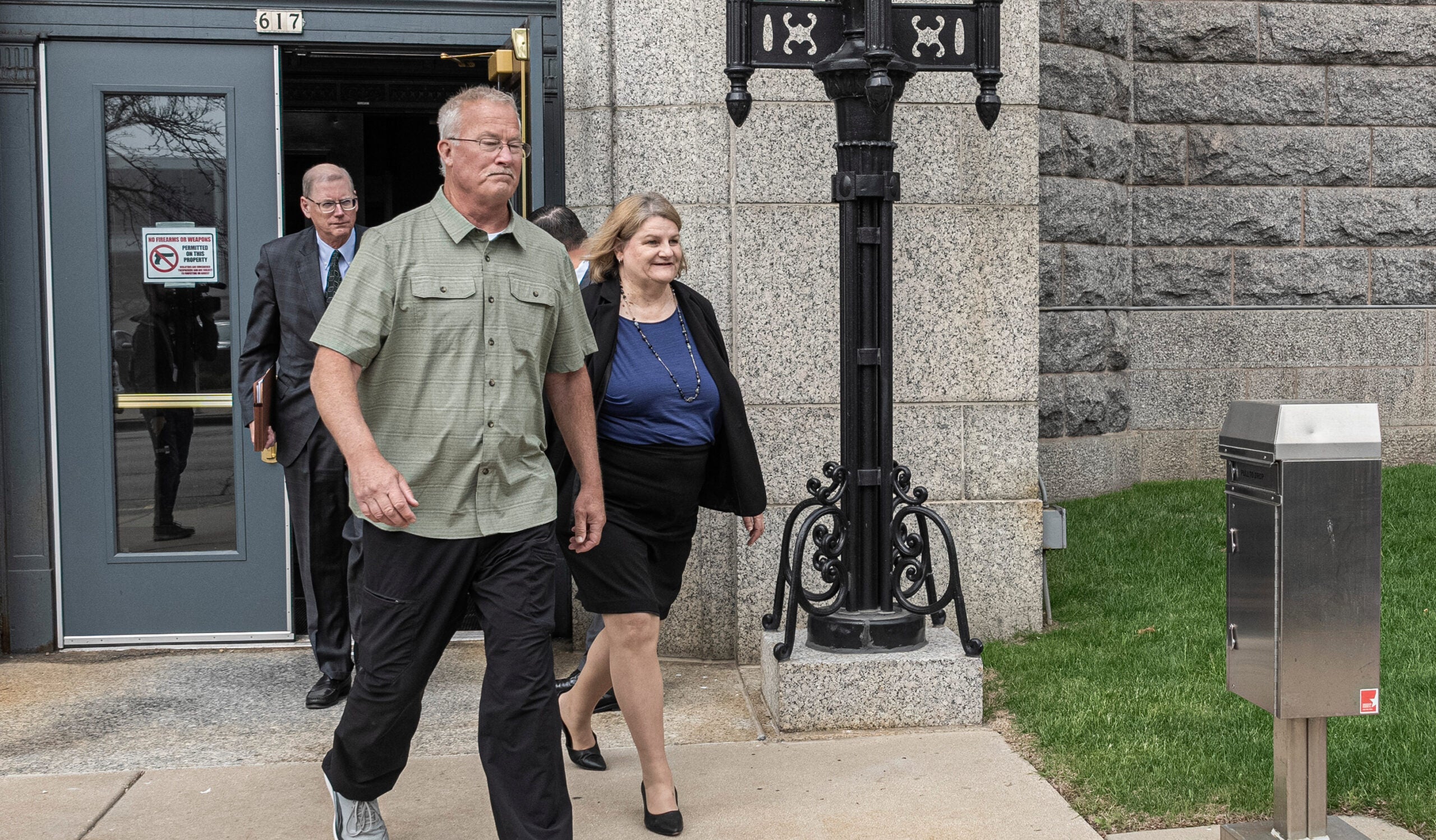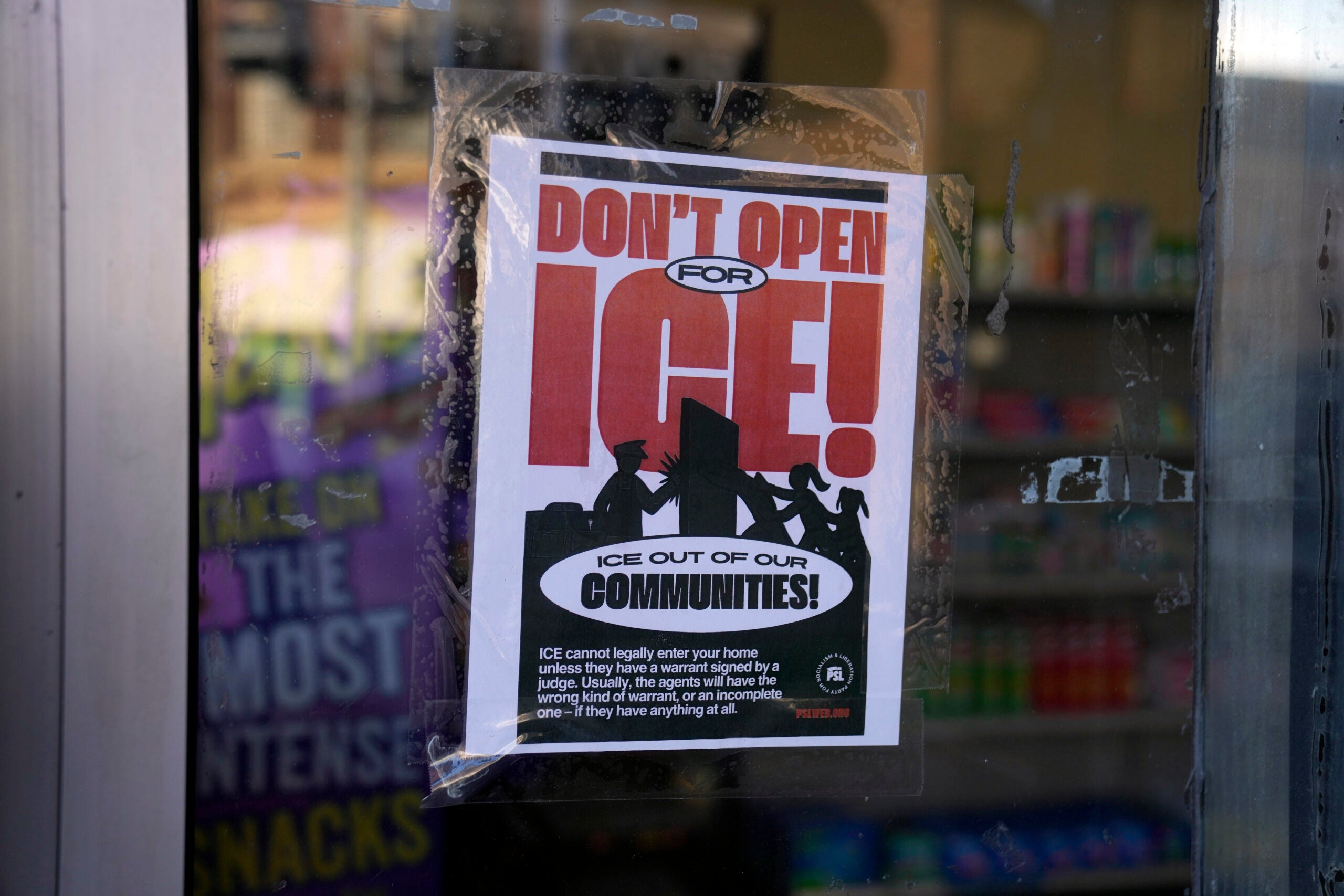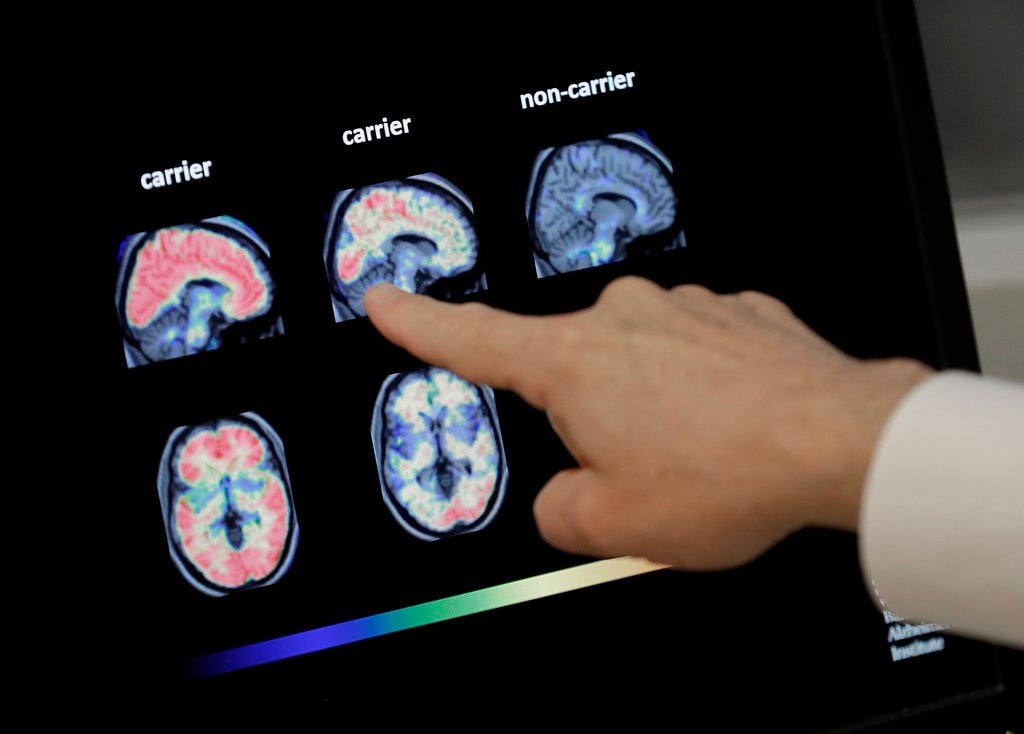The Milwaukee metro area’s Latino population more than tripled between the years 1990 and 2014, according to a study funded by the Greater Milwaukee Foundation.
Nearly 73 percent of Milwaukee-area Latinos are native-born U.S. citizens, a higher portion than in most of the country’s largest cities. As the Latino population has grown through in-migration and births, the region’s white population stagnated.
The community’s growth accounted for the vast majority of the region’s population grown since 1990 and increases in the area’s school district enrollment, according to the study.
News with a little more humanity
WPR’s “Wisconsin Today” newsletter keeps you connected to the state you love without feeling overwhelmed. No paywall. No agenda. No corporate filter.
The study also found Milwaukee has one of the largest cultural generation gaps of any large U.S. city. More than 85 percent of the region’s residents who are over the age of 65 are white while 51 percent of children younger than 5 are non-white.
Ricardo Diaz said he seeings bridging that gap as part of Milwaukee’s United Community Center, where he is executive director. He said the organization worked to bring the region’s residents together through arts and events and hopes those efforts will lead to others seeing the growing Latino community for what it is.
“The kind of people I want my family to be associated with because they bring the same kind of value system that all of strive for here in the U.S., own a home, be responsible, be a taxpayer,” he said.
But age is just one of the ways the study shows divides in Milwaukee.
“Segregation among Latinos in Milwaukee is among the highest in the country, and that’s reflected in residential patterns, in school segregation,” said Marc Levine, a University of Wisconsin-Milwaukee professor of history and urban studies and author of the study.
Milwaukee-area Latinos are also more likely to live in poverty than Latinos across the country — 28.7 in Milwaukee compared to 23.6 across the country.
But Diaz said that doesn’t mean the community doesn’t play an important role in the region’s economy. He estimates about 50 Latino families have become first-time home buyers in the region in each of the last 10 years.
“Growth also means economic investment — the role homeowners play in stabilizing neighborhoods and the role that in this country, immigrants have played in terms of fortifying and growing neighborhoods,” he said.
The Greater Milwaukee Foundation and other organization can use this week’s study to focus grant-making, economic development efforts or other planning, said Ness Flores, a member of the Foundation’s Board of Directors and partner at Flores and Reyes Law Offices.
He said Latinos’ role has often been left out of the narrative about the region’s growth and future, but hopes creating a more accurate picture of the community can begin to change that.
Wisconsin Public Radio, © Copyright 2025, Board of Regents of the University of Wisconsin System and Wisconsin Educational Communications Board.






